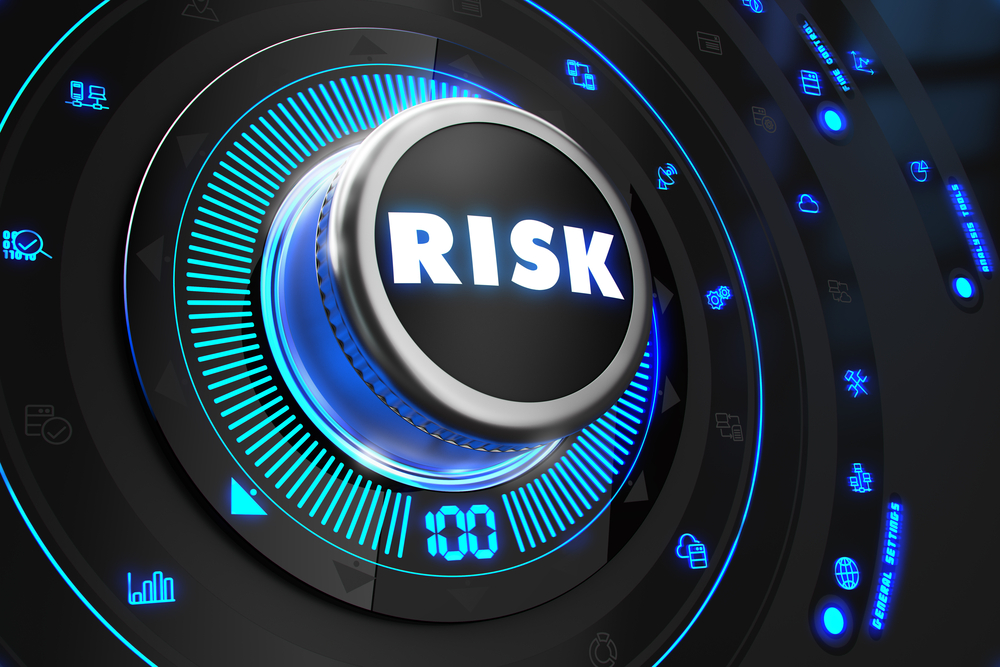A critical step to creating a safe and healthy workplace is understanding the nature of risks, the harm that hazards could inflict on your employees and the likelihood of those hazards actually occurring. When managing workplace health and safety (WHS), this is considered the risk assessment phase and takes place after potential hazards have been identified.
Managing health and safety is a must in every workplace. No matter the industry, a work environment can present multiple hazards that could inflict ill health, injuries or even have the potential to kill. If incidents do occur, they could have a dramatic impact on people's lives (their colleagues, family and overall wellness) as well as negative implications for organisations through loss of staff and reduced production. This is why employers not only have legal obligations to protect their employees, but it also makes good business sense.
When it comes to risk management, the hope is that the threats that we work to identify and control don't happen. If they do occur, we are sufficiently prepared to manage them, so that we don't experience the negative consequences. If you and your organisation are lucky enough to not have had to face a disaster or crisis, then perhaps you start to think you don't need really need to invest in your risk management efforts. When in doubt, we look to TV shows and movies to help us realise that our lives need a change - it's similar with risk management too!
3 Steps to Develop KRIs for your Enterprise Risk Management Plan
When creating an enterprise risk management plan for your organisation, an integral component to your framework will be Key Risk Indicators (KRIs). Key risk indicators measure the potential risk related to a specific action that could negatively affect your company as well as the likeliness of risks occurring. You can think of them as early warning signals that alert your organisation to financial, operational and reputational issues, to name a few, so you can take early action to avoid or mitigate the possible risks. They are typically quantitative, often in the form of percentages, and when detected, serve as an impetus for deciding how to take action.
Subscribe
Categories
- Risk Management (23)
- Enterprise Risk Management (18)
- Health & Safety (15)
- Business Continuity (14)
- Media Release (7)
- RiskWare (7)
- Compliance (6)
- Environmental Risk (4)
- Incident Management (3)
- Events (2)
- Artificial Intelligence (1)
- Case Studies (1)
- Corporate Governance (1)
- Government (1)
- Social Movement (1)















Leave a comment